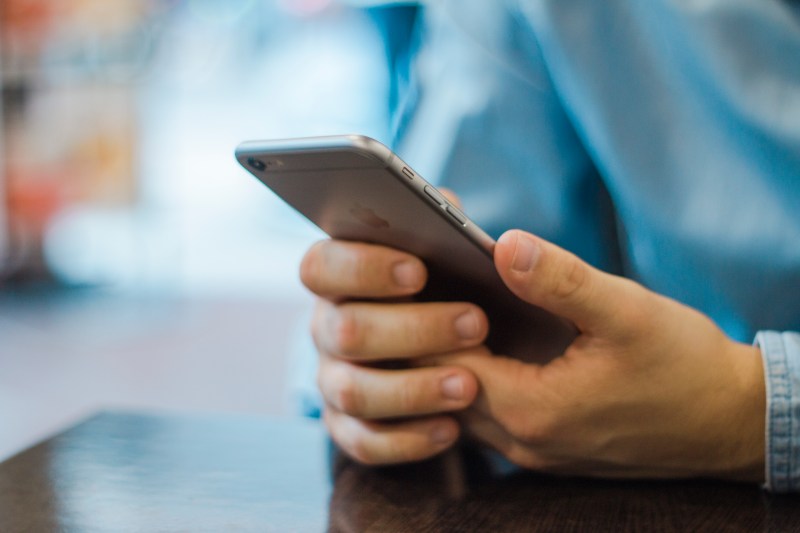We are at a point in our lives when time to ourselves is ever-precious, and while technology affords us convenient and mostly effective ways to get in touch and keep in touch, it will always be second-best to seeing someone in person. Before coming back to Stanford, I usually made up for this gap with a phone call, but now I’ve been using text and email far more. That’s probably the case for most of us. After all, the chaotic nature of our lives at Stanford can make it hard to find the privacy for us to make calls.
With such an accessible amenity at the tips of our fingers, we have undoubtedly developed habits based on how we use our phones. For me, the trend of meeting new people has made all the difference, along with being away from family I was geographically closer to before. Now, I’ve found my pattern has begun to follow the millennial trend of typing and sending as much as or more than dialing and talking.
I have met numerous people since being back at Stanford; I’ve shared my time, a coffee or a meal with them, and yet, I’ve never spoken to them on the phone. I’ve made follow-up plans via a text or an email. In many instances, this works well. First, texting and emailing allow us to split our time in half. We can be in one situation and reach out to someone in another, all while still aware of the world that’s actually around us. (Hopefully, these silent technological exchanges take place out of class, and in a safe place — away from bike and vehicle traffic around campus.) Writing a message on the way to the next thing to do might be more suitable than a spoken conversation. Further, we determine when it begins and ends. We type the message, click send and can move on.
I would guess that for most of us, typing a message is easier — more practical — for many situations in which not much needs to be said. For example, when making and firming up plans, most of what needs to be said is pretty straightforward. But when we can’t see someone in person, can texting fill that void the same way a phone call might? I’m not sure if a phone call can ever be replaced when it’s needed. If two people understand each other, and what’s being communicated doesn’t have a gray area, wonderful. In these circumstances, I type away a message and don’t think twice. If for some reason the message isn’t translating over text, I’ll connect over a phone call or just disconnect until another time, because for those conversations, talking over the phone has become the next best thing.
Contact Courtney Clayton at cclayton ‘at’ stanford.edu.
